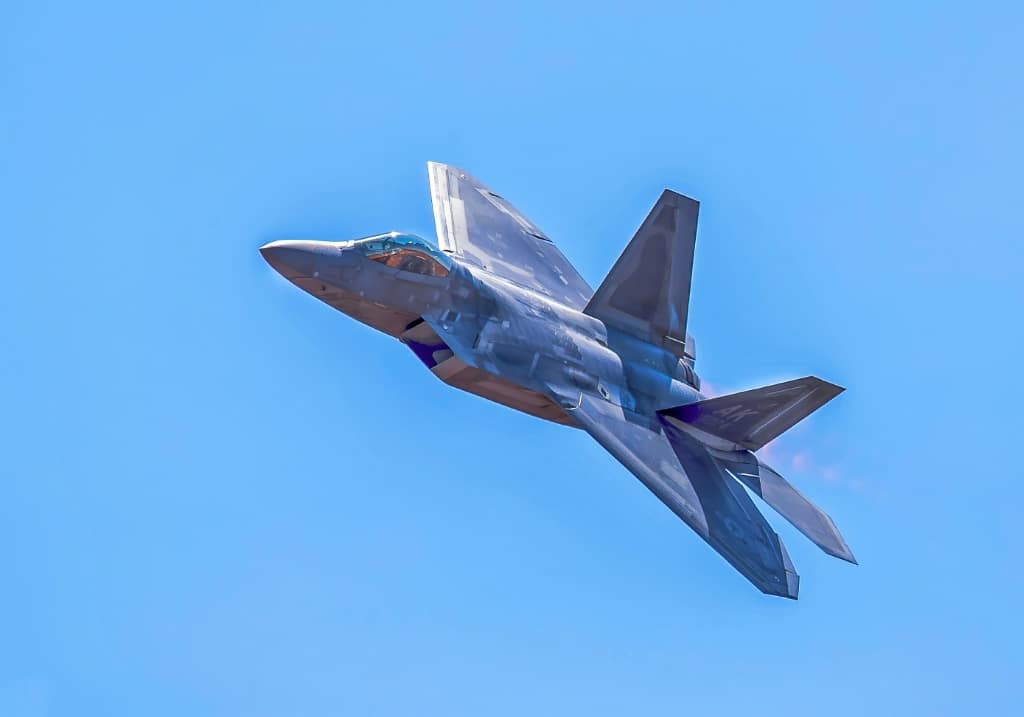China’s AI Revolution in the Skies: How DeepSeek Is Shaping the Next Generation of Warplanes

Let’s talk about the future of warplanes-and why it’s being written in code, not just steel. I’m Chad, and today I’m diving into how China is using DeepSeek, its homegrown AI powerhouse, to design the world’s most advanced fighter jets. Buckle up, because this isn’t just another story about military tech. It’s a wake-up call for anyone who thought the AI arms race was just hype.
DeepSeek: China’s AI Juggernaut
If you haven’t heard of DeepSeek yet, you’re about to. This AI platform burst onto the global stage in early 2025, instantly rattling markets and tech giants alike. DeepSeek’s claim to fame? Delivering performance on par with the likes of ChatGPT and Gemini, but at a fraction of the cost. We’re talking about a $6 million price tag for training a model that rivals the $100 million investments of OpenAI and friends. That’s not just impressive-it’s game-changing.
DeepSeek’s meteoric rise wasn’t just about clever algorithms. The team behind it, working with less powerful hardware thanks to US chip restrictions, leaned on innovative techniques like model distillation and reinforcement learning. The result? A suite of models that are lean, mean, and ready to disrupt everything from healthcare to, yes, military aviation.
AI in the Cockpit: DeepSeek’s Role in Warplane Design
So, how exactly is DeepSeek reshaping China’s warplane R&D? According to Wang Yongqing, the veteran lead designer at the Shenyang Aircraft Design Institute (the folks behind the J-15 Flying Shark and the stealthy J-35), DeepSeek isn’t just a tool-it’s a new way of thinking.
Wang’s team has integrated DeepSeek’s large language models (LLMs) into their workflow to tackle some of the thorniest problems in aerospace engineering. Here’s what that looks like in practice:
- Rapid Ideation: DeepSeek generates new design concepts and optimizes existing ones, providing “new ideas and approaches” for the next generation of fighter jets.
- Complex Problem-Solving: The AI helps analyze vast amounts of data, from aerodynamics to materials science, and proposes solutions to engineering challenges that would take humans weeks or months to crack.
- Automating the Grind: Tedious review tasks-think endless simulations and error-checking-are now handled by AI, freeing up human engineers to focus on creative problem-solving and critical decision-making.
- Hybrid AI Architectures: DeepSeek’s latest R2 model uses a “mixture-of-experts” approach, dividing tasks among specialized AI sub-networks for even greater efficiency. It’s reportedly 97.3% cheaper to operate than OpenAI’s GPT-4o.
Why This Matters Globally
Let’s not sugarcoat it: China’s leap in AI-driven warplane design is rattling cages worldwide. Here’s why:
- Speed and Cost: With DeepSeek, China can iterate on complex military designs faster and at a lower cost than ever before. That means more prototypes, quicker upgrades, and a shorter path from blueprint to battlefield.
- Sixth-Generation Fighters: China has already unveiled two sixth-generation stealth jets boasting advanced AI-driven automation, extended range, and greater payloads-years ahead of projected US timelines.
- Market Shockwaves: The global AI and semiconductor markets have felt the impact. US giants like Nvidia and Broadcom have seen their stock values nosedive as DeepSeek’s cost-efficiency threatens the old order.
- Strategic Autonomy: By building its own AI infrastructure, China is insulating itself from Western tech restrictions and pushing for technological self-reliance.
The DeepSeek Effect: Beyond the Battlefield
DeepSeek isn’t just a military marvel. Its viral adoption-16 million downloads in just 18 days, outpacing ChatGPT-has made it a fixture in everything from Chinese automakers to hospitals5. Even Western companies are eyeing DeepSeek, if only to drive down their own AI costs (or lose sleep over the competition)5.
But with great power comes great paranoia. Security experts warn that LLMs like DeepSeek can inadvertently leak sensitive information, raising the stakes for data privacy and military secrecy. The “AI Cold War” is real, and the lines are being drawn in code as much as in policy.
What’s Next? The Arms Race Gets Smarter
China’s investment in R&D is skyrocketing-over $496 billion in 2024 alone-and AI is at the heart of its strategy to leapfrog the West. The US, for its part, isn’t standing still. President Donald Trump (yes, he’s back) has called China’s advances a “wake-up call” and pledged $500 billion to close the gap.
But here’s the kicker: DeepSeek’s success has already inspired a new wave of AI startups, both in China and abroad. The barriers to entry are falling. Innovation is accelerating. And the future of aerospace-and maybe everything else-is up for grabs.
Final Thoughts: The Skies Are Changing
If you thought military aviation was all about who builds the fastest jet or the stealthiest bomber, think again. The real dogfight is happening in the cloud, where AI like DeepSeek is rewriting the rules of innovation. Whether you’re a tech enthusiast, an investor, or just someone who loves a good underdog story, keep your eyes on the skies-and on the code that’s shaping them.